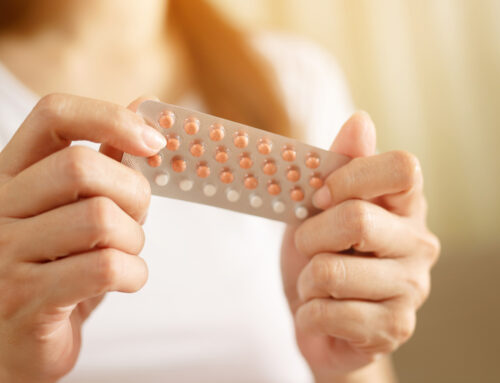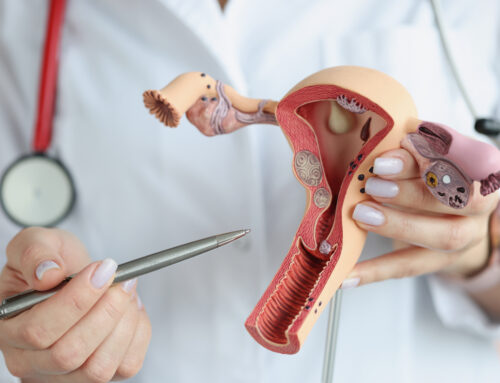
Puberty is a rite of passage for all. It is where boys and girls endure a transformative process that ushers them into manhood and womanhood. It is a challenging time for all involved. While children are realizing the internal and external changes that are happening to their minds and bodies, parents are hoping they have the knowledge and language to support their children throughout their development.
When To Discuss Puberty with Your Child
For children, it is important to explain the changes that puberty causes before they happen. This can potentially cause stress if they are not prepared for all the changes. That way, they know what to expect. It is also important to let them know that everybody goes through these changes. Usually, puberty starts between ages of 8 and 13 in girls and ages 9 and 14 in boys. If you start seeing pubertal changes in your child before the age of 8 in girls or 9 in boys, it is important to talk to your pediatrician. If your pediatrician is concerned about early development, they can send studies such as a bone age to determine the skeletal maturation your child. They do this by taking a single X-ray of the left wrist, hand, and fingers. The bones on the X-ray image are compared with X-ray images in a standard atlas of bone development. If the skeletal maturation is advanced, they could send you to see a specialist.
Puberty and The Effect on Hormones
We have a master gland in our brain called the pituitary which produces two hormones that are involved in pubertal development. These hormones are called luteinizing hormone (LH) and follicle-stimulating hormone (FSH) that travel through the blood and work at the testicles in boys and ovaries in girls. In boys, LH and FSH tell the testicle to begin making testosterone and sperm. In boys, the first “true” sign of puberty is testicular enlargement not pubic or underarm hair. Testosterone is the hormone that causes many of the changes in a boy’s body during puberty including bigger testes, enlargement on the penis, deeper voice, and body hair. In girls, these hormones tell the ovaries to start making estrogen. In girls, the first of puberty is breast enlargement. In girls, these hormones prepare a girl’s body to start her periods and be able to become pregnant someday in the future. As a result of estrogen production, hips get wider, and the breast become enlarged. The onset of menstrual cycles usually happens about 2 to 2.5 years after her breasts start to develop. This is the time when we also see that most prominent growth spurt with some kids growing up to 4 or more inches in a year. Girls tend to have a growth spurt earlier in puberty than boys.
Distinguishing Between Stalled and Absent Puberty
The onset of puberty in females has been trending earlier and varies significantly between ethnic groups with African American followed by Hispanic females starting puberty earlier than white females. In males, there is also some ethnic/racial variation although not as recognized as in females. Once puberty starts, about 95% of healthy children complete their full pubertal development within four to five years. If not, puberty is considered “stalled”. Making a distinction between stalled puberty and completely absent puberty is important during clinical evaluation. Physical development of puberty can be objectively classified by sexual maturation ratings or Tanner stages with Tanner 1 being pre-puberty and Tanner 5 when pubertal development has been completed. You can ask your pediatrician what your child Tanner staging is once you start seeing changes on their body.
People are all a little different from each other and therefore, they do not all develop in the same way. During puberty, everyone changes at their own pace. If you have concerns that your child is developing exceedingly early or very late, it is possible they have a problem that may need to be checked or treated. Please contact your pediatrician to discuss your concerns since they know about puberty and can help determine if your child is developing normally or if they need to be evaluated further by a specialist.

Dr. Miladys Palau-Collazo is a proud member of the TopLine MD Alliance practicing Pediatric Endocrinology in St. Lucie County.
The TopLine MD Alliance is an association of independent physicians and medical practice groups who are committed to providing a higher standard of healthcare services. The members of the TopLine MD Alliance have no legal or financial relationship with one another. The TopLine MD Alliance brand has no formal corporate, financial or legal ties to any of the affiliated physicians or practice groups.


